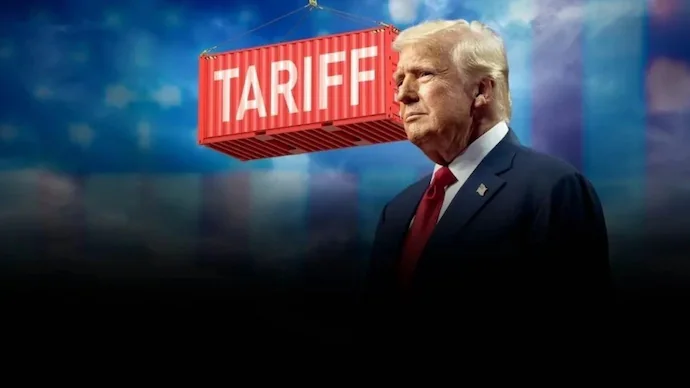infosys 2025 buyback tax implications
📊 What Are the Tax Implications for Infosys 2025 Buyback
“Deemed Dividend” Treatment
Under the amended Income-Tax Act (effective 1 October 2024), the full amount paid to shareholders on share buyback is now treated as dividend income (not capital gain).
This is due to the insertion of a clause in Section 2(22)(f) of the Income-Tax Act.
Because of this, it’s taxed under “Income from Other Sources” for shareholders.
No Cost Deduction From Buyback Proceeds
Unlike when you sell in the market (and calculate capital gains), you cannot reduce the buyback “dividend” income by the cost of acquiring the shares.
That means the entire buyback price (e.g., ₹1,800 per share for Infosys) is taxed, not just the “profit” portion.
Capital Loss Recognition
Although you pay tax on the full buyback amount, for capital gain/loss purposes, the consideration received is treated as NIL (for capital gains calculation) under Section 46A.
As a result, the cost of acquisition of the tendered shares becomes a capital loss.
This capital loss can be set off against other capital gains and carried forward. From Infosys’ own filing: the loss is eligible for set-off per Section 74.
TDS (Withholding) on the Buyback
Infosys will deduct TDS (Tax Deducted at Source) when paying the buyback consideration.
For resident shareholders:
If you have a valid PAN, TDS will be 10%.
If you don’t have a PAN, TDS could go up to 20%.
There is an exemption: no TDS if your total dividend + buyback consideration (as dividend) in FY 2025-26 is ≤ ₹10,000.
Residents can submit Form 15G / 15H (if eligible) to avoid TDS, subject to conditions.
They can also provide a Lower TDS Certificate (under Section 197) if they expect their tax liability to be lower than the standard rate.
For non-resident shareholders: Withholding is done under Section 195 or Section 196D (or other applicable sections), treating the buyback payment as dividend.
The rate is typically 20% plus applicable surcharge & cess, unless a more favorable rate applies under a DTAA (Double Taxation Avoidance Agreement).
Higher Tax Burden for High-Income Investors
Because the full buyback amount is taxed as dividend, investors in high tax slabs (especially those with high incomes) may end up paying a very high effective tax rate.
Some analysis (for example, for those with > ₹1 crore income) suggests an effective tax around 35.88% (including surcharges + cess) on the buyback amount.
This reduces the net benefit of the ₹1,800 buyback price, especially when compared to simply selling shares in the open market and paying capital gains tax.
Why Some Shareholders (e.g. Promoters) May Opt Out
According to reports, Infosys promoters have opted out of the buyback. One key reason: for them, the tax hit on the entire ₹1,800 (as dividend) makes participating less attractive than selling in the market or holding.
For someone with a low income tax slab, or someone who can use the resulting capital loss effectively, the buyback might still make sense.
You May Also Like

Linkin Park Live in Bengaluru? Fans Go Wild After...
Rock-music lovers in Bangalore have been thrown into a frenzy after the legendary band Linkin P...

U.S. sanctions firms, Indians involved in Iran’s o...
The Trump administration has sanctioned entities and individuals from India involved in sales o...

U.S. Cut Flower Imports: New Tariffs to Impact Pri...
U.S. Cut Flower Imports: New Tariffs to Impact Prices, Retailers, and ConsumersThe U.S. floral...



